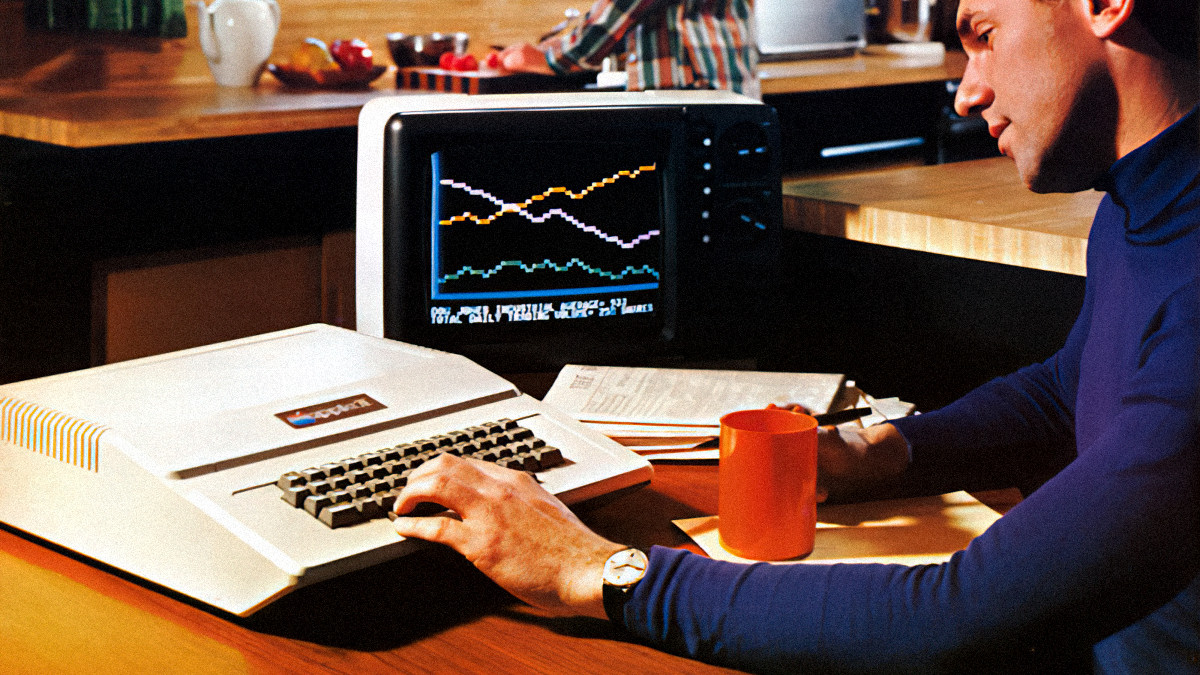Gandalf_The_Grey
Level 83
Thread author
Verified
Honorary Member
Top Poster
Content Creator
Well-known
- Apr 24, 2016
- 7,262
When Steve Wozniak designed the Apple II—released in June 1977—he kick-started a wave of appliance-like home computers for average people. For the 45th anniversary of this monumentally important machine, we talked to Wozniak about its impact—and he had a lot to say.
The Key to Apple’s Early Success
In 2022, Apple is one of the largest, most successful companies on earth. That’s an immense achievement, and it all started back in 1976 when Steve Wozniak and Steve Jobs founded Apple Computer, Inc. While the company released its first product (the Apple I) in 1976, it reached a very limited audience as a hobbyist machine. In contrast, 1977’s Apple II aimed for the mainstream from the start, and its popularity made Apple a wildly successful company by the standards at the time.
In that vein, we asked Wozniak if he thought there was anything special about the original Apple II design that laid the foundations for Apple’s current success. (He replied to our questions via email, and his answers have been lightly edited for presentation.)
“The Apple II was years ahead of others,” replied Wozniak, referring to other personal computers in development at the time. “In fact, I had designed and built for myself a small computer 5 years earlier that was like what everyone else was trying—basically a processor with a bus and switches and lights [for an] interface.”
By 1976, small computers were mostly sold among technical-minded electronics hobbyists who knew how to build and use them, Woz notes. But his Apple II relied on a more user-friendly setup: a typewriter-style QWERTY keyboard as an input device, a CRT monitor or television set as an output device, and came with the BASIC programming language built in. As soon as you turned it on, you could begin using the computer right away.
“The Apple II was such an advance that it was our only successful product—earning lots of money for Apple—for the first 10 years of the company,” says Wozniak, referring to a rough era where the Apple III (1980), Apple Lisa (1983), and the Macintosh (1984) all struggled in the marketplace. “The Apple II gave business leaders the platform to create other hit products eventually, after many failures.”


